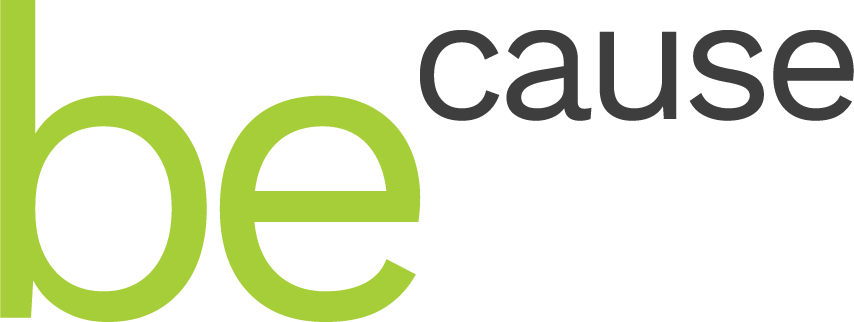Lagom - and the Value of Cultural Diversity
Click on the image above to play the video (flip your phone to widescreen if you want image to be bigger)
LAGOM AND THE VALUE OF CULTURAL DIVERSITY
So, this week I was inspired to share more nuggets from my Swedish heritage. Somehow, we have grown more distance between people, when in reality we probably never have been closer. This distance is palpable in our public discourse—and from where I stand, it’s a big part of the problem. Technology is, in some rather counterintuitive ways, amplifying perceived distance versus building bridges. We seem to be fearing rather than nearing each other more and more.
Learning from others—other cultures and other traditions, especially—enriches the world enormously. I mean, look at your local choices of restaurants and try to imagine what it was like 100 years ago. The diversity of offerings is incredible. Prices are lower and you can find almost any global cuisine anywhere.
The same value of diversity exists in all ecosystems, whether in nature or organizational life. With less differentiation, we homogenize our perspectives, which in turn will reduce the elasticity of thinking and potential for breakout ideas. If you look at founders, inventors, and scientists across the world, an impressive percentage are foreign-born who came to a new country with new ideas and managed to successfully turn their dreams into reality.
New ideas, different cultures, and unfamiliar habits can, of course, be intimidating to some. But once you get to know them, they add spice, flavor, and richness to our lives. Literally and figuratively. Perhaps being more comfortable among "strangers" is one of the benefits of having moved continents, as well as belonging to several different types of subcultures, whether corporations, religious traditions, sports, or music.
So, in this spirit, let me talk about one of the best words from Sweden: Lagom. Lagom works in two ways. First, it figuratively represents a cultural trait. Secondly, in its more literal sense, it means just the right amount. And I can't find anything similar in the English language. In America, for instance, I get the sense that our cultural trait is more closely attached to a "bigger-is-always-better" mindset. While there are many times when our desire for more is a good thing, it is equally true that too much of anything can be a bad thing. The sad state of the health of our population is partly a result of an insatiable appetite for more and more food.
And our tendency to accumulate "things" and the explosion of storage units to be found everywhere is just such an interesting phenomenon. However, there are encouraging more recent trends towards editing, calming down, and decluttering our spaces, as evidenced by Marie Kondo, the Home Edit, and others. These are clear signs that having less, doing less, and wanting less can add to, not take away from, your sense of happiness.
And my wife Jessica is currently writing a book about oral health and how many of essential habits start in and around the mouth. Things like breathing, eating, tending to your microbiome in your mouth, etc. She will soon launch her own habit editing coaching business, which will be appropriately called “The Lagom Method”.
I would love to see the word LAGOM enter its way into our vocabulary. It has a place in a life well lived. Less is more, as we often learn to appreciate. And it has an added benefit. By using words from other cultures, we also gradually expand our minds to what is unknown and hence can close the distance between us. Nearing is much better than fearing.
Here is a good article on Lagom if you want to read more on what inspired these thoughts. Thank you, Brian!
Have a lagom week!



